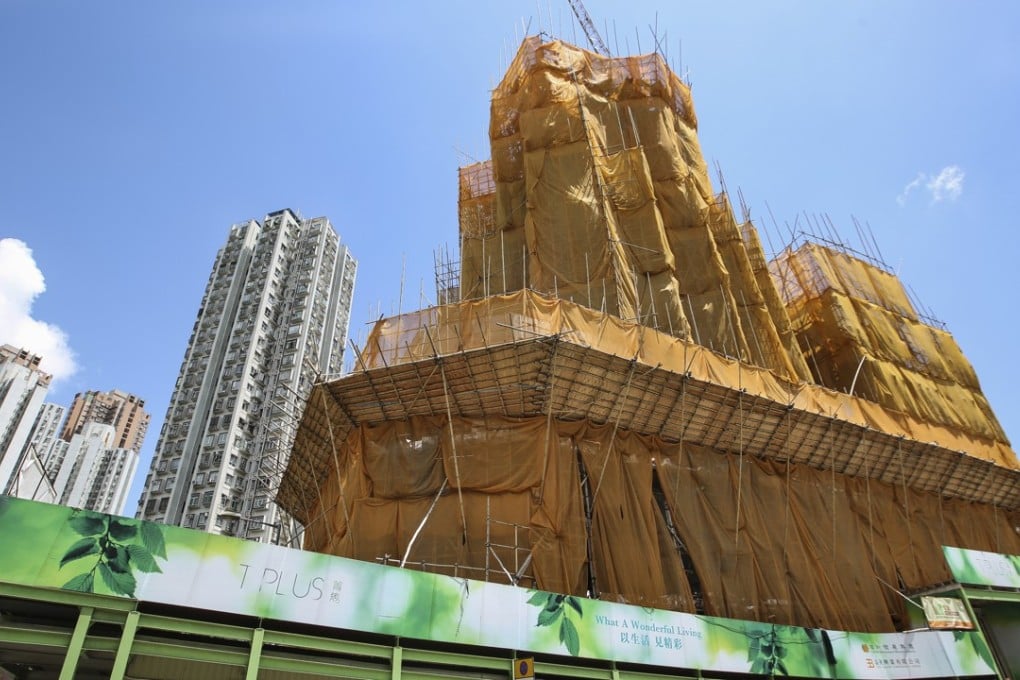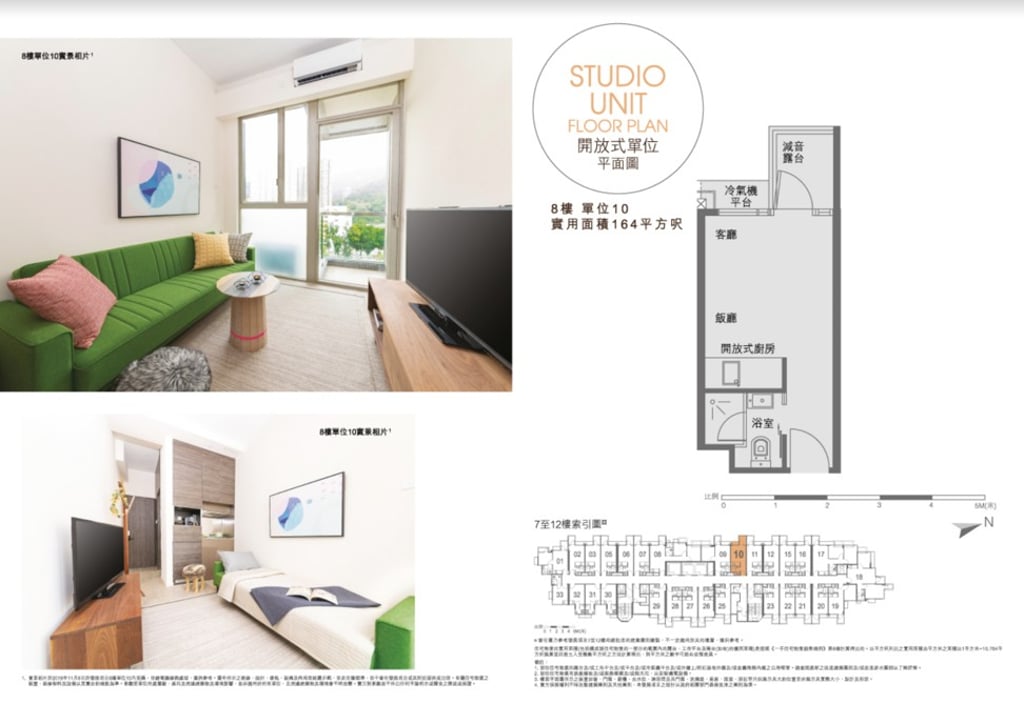Advertisement
Hong Kong’s building boom in tiny flats fizzles out as T-Plus in Tuen Mun gets the cold shoulder
- The tiniest (128 square feet) of the nano flats at T-Plus in Tuen Mun is smaller than a standard Hong Kong car-parking space, but costs HK$2.85 million
- The sales launch closed early after only two of the 73 units on offer were sold, agents said
Reading Time:2 minutes
Why you can trust SCMP

Speculative demand over Hong Kong’s shoebox flats – each smaller than the size of a standard car parking space – appears to be over as quickly as it sprouted, following the decline in the city’s median home price.
Agents managed to sell only two of the 73 units on offer at the T-Plus project in Tuen Mun, each at around 130 square feet (12 square metres), with a price tag starting at HK$2.85 million (US$364,600), prompting the developer to close the sales launch early.
Today’s sales result was “the worst in recent times,” said Sammy Po Siu-ming, chief executive of the residential division at Midland Realty.
Advertisement
What a difference nine months make. As recently as March, micro apartments were all the rage in Hong Kong.
Known variously as nano flats, capsule homes, shoebox flats or micro apartments, these tiny abodes typically are about the size of a standard Hong Kong car parking space (134 sq ft) or a 20-foot shipping container (160 sq ft). Their prices, starting from HK$3 million and up to HK$7.86 million, make them the only size within the affordability of many first-time buyers.
Advertisement
A boom thus ensued, as speculators piled into the market to snap up anything smaller than a standard hotel room. Developers jumped on the opportunity and redrew their plans. Even Filipino tycoon Lucio Tan was persuaded to subdivide 18 units of his Woodland Villas on Shouson Hill Road into 270 flats, ranging between 80 and 200 square feet each. The project was halted last month for breaching land lease rules.
Advertisement
Select Voice
Choose your listening speed
Get through articles 2x faster
1.25x
250 WPM
Slow
Average
Fast
1.25x
